|
We are currently involved with the development of an Arboretum for Rare and Endangered plants from the Eastern Bay of Plenty, in the Ohiwa Reserve, with stunning views overlooking Ohiwa Harbour. Plants included in the Arboretum are: Kaka Beak (Clianthus maximus, kowhai-ngutakaka) Woody legume shrub with red flowers that resemble the beak of the native Kaka (Parrot). This shrub was one of the first (if not the first) plant to be grown in Great Britain having been collected by Banks and Solander, botanists on the 1769 Captain Cook expedition. The flowers are popular with native birds but also rabbits and slugs. Endangered status Giant Flowered Broom (Carmichaelia williamsii) Only two sites remain in the Whitianga Bay area. Has pea-like flowers from July to December Status vulnerable Thick leaved tree daisy (Olearia pachyphylla) Only found on some headlands in Opape (near Opotiki). Nationally critical Kumarahou (Pomaderris kumeraho) The common name golden Tainui comes from when clusters of bright yellow flowers appear in Spring. It also has the name of Gumdiggers soap when the gum diggers used to rub the yellow flowers together to make a lather when soap was unavailable. There are two main sites near the Ohiwa oyster farm but Ohiwa care groups are planting more. Vulnerable status Shore spurge (Euphorbia glauca, waiu-atua) Grows on coastal cliffs, banks, slopes and sand dunes. It has been extensively planted in the Eastern Bay of Plenty through Coast Care programme. Vulnerable status Pimelea tomentosa Endemic to New Zealand, found in North Island and South Island (Northern). This tree is limited to coastal areas in the North Island. Vulnerable status Sand Daphne (Pimelea villosa, Taraheke) In the wild, this plant is endangered. A low growing shrub of coastal sand dunes with spreading branches and erect branchlets. Declining status Beach Spinach (Tetragonia implexicoma) Found on sand dunes and gravel beaches. Can be eaten as a vegetable. Common status Native puha (Sonchus kirkii) Limited distribution in the wild. Found in open coastal situations. Declining status Bay of Plenty Kanuka (Kunzea toelkenii) Only found in Thornton and on two islands on Ohiwa Harbour. Nationally critical status Native Hibiscus (Hibiscus diversifolius) This plant occurs in coastal sites where there is no frost. The beautiful yellow flower only lasts one day. Nationally critical Tawapou (Planchonella costata) A few trees are found in Tolaga Bay area but many are found on off shore islands. At risk status Carex testacea
A native grass found on Whangakapikopiko which has been propagated by Meg Collins
0 Comments
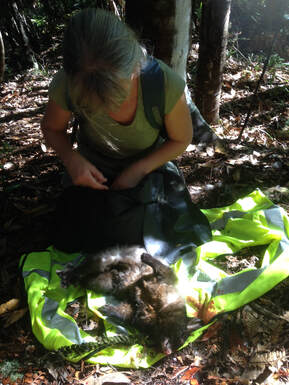 Plucking the possum fur. Plucking the possum fur. As well the regular work we do with local care groups, we are also undertaking pest control in the quieter season here at Ohiwa. This involves getting a “block” (of land) from DOC and trapping possums. It can be hard work navigating your way through sometimes steep thick bush (bush whacking) and carrying all the equipment required to do the job. We pluck the Possum fur which is soft and warm. Possum skins can be used to make clothing and bedding. Possum fur is mixed with merino sheep wool to make knitting yarn. Possum meat has been found to have a high quality protein. Some New Zealand companies use it to make healthy pet food for cats and dogs. In the 1980s, possum meat was also exported to some Asian countries for people to eat where it was considered a special food delicacy. We’ve tried eating it but I think I need to research more recipes and suspect the younger possums may taste better. Trapping is a great opportunity to get out there and observe the abundant local native flora and fauna, which unfortunately the possums are having a devastating impact on. Possums are omnivorous and feed readily on eggs and chicks. It’s estimated they can kill around 25 million birds and/or their eggs a year. They compete with birds for space, food (berries, etc.) and also kill them. They are also partial to insects and snails. Possums can also spread Bovine (cattle) TB. Bovine tuberculosis infection transfers relatively easily from possums to cattle due to the proximity of farmland to bush areas in New Zealand. The damage done by possums costs NZ farmers about $35 million every year. Possums were originally introduced to New Zealand by early settlers who though it would be a good idea to start a fur industry here. The first possum population to survive was in 1858. The more popular darker coloured possums originally came from Tasmania, Australia. There are now about 70 million possums in New Zealand. We're going to be busy... |
AuthorKaren is a co-owner of Ohiwa Seascape Studios. When she is not busy at the studios, she is busy enjoying becoming a part of the local community here in the Eastern Bay of Plenty. Archives
March 2021
Categories
All
|
|
Your host: Stephan
Phone: +64 7 315 4737 Mobile: +64 21 0327640 Email: [email protected] Address: 213 Ohiwa Beach Road, RD 2, Opotiki 3198 |
Ohiwa Seascape Studios © 2022
|
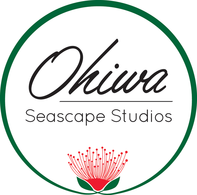
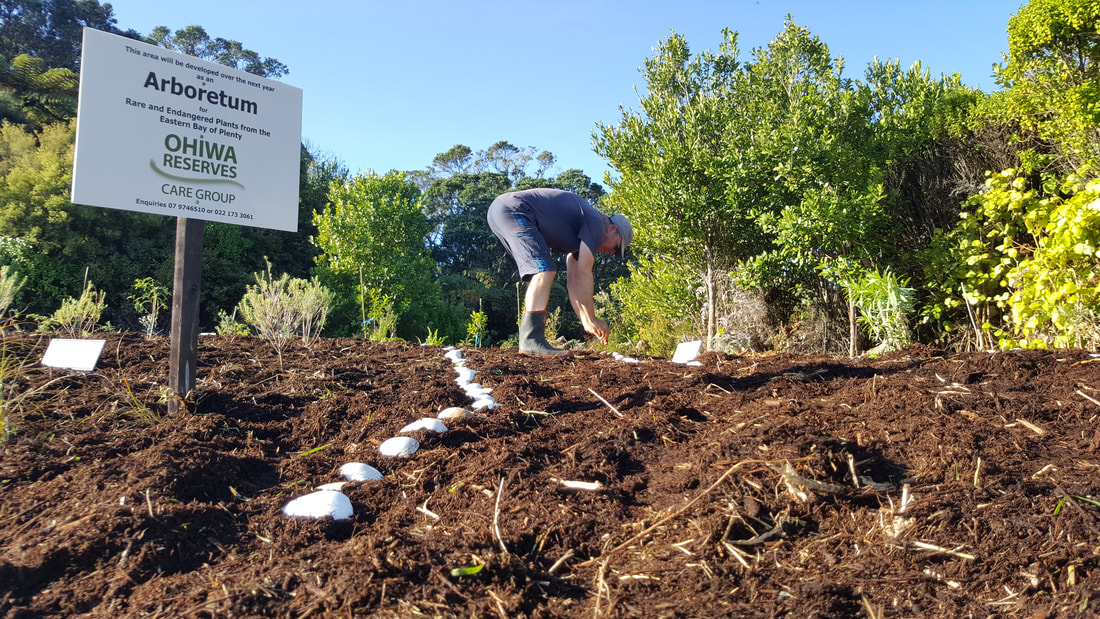
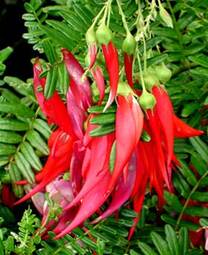
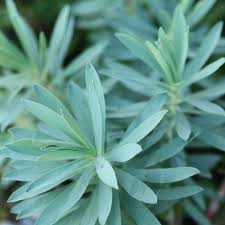
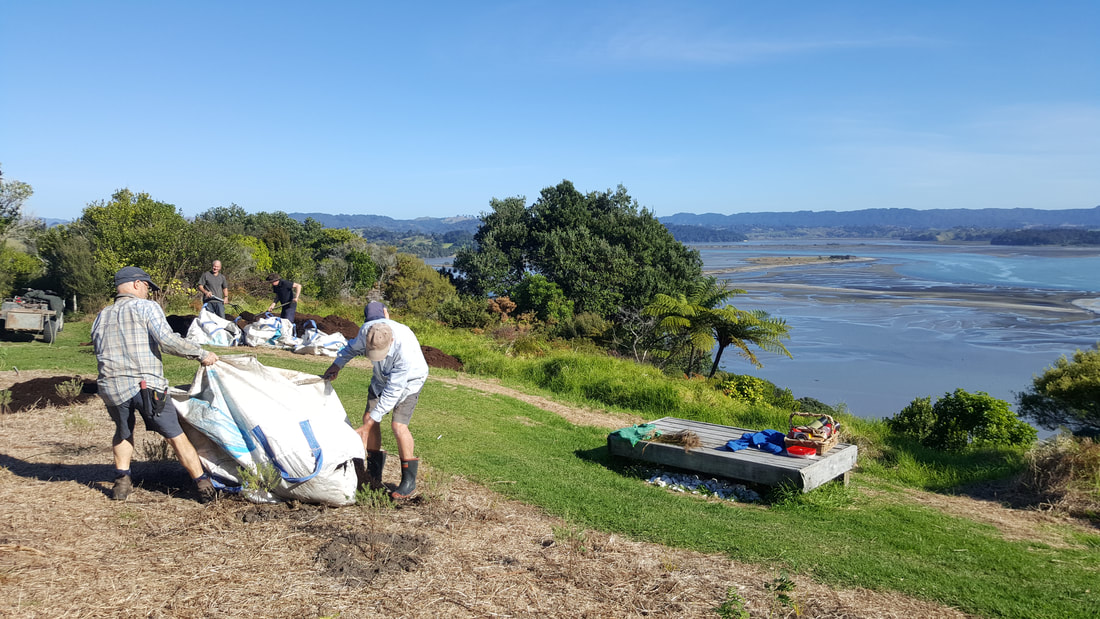

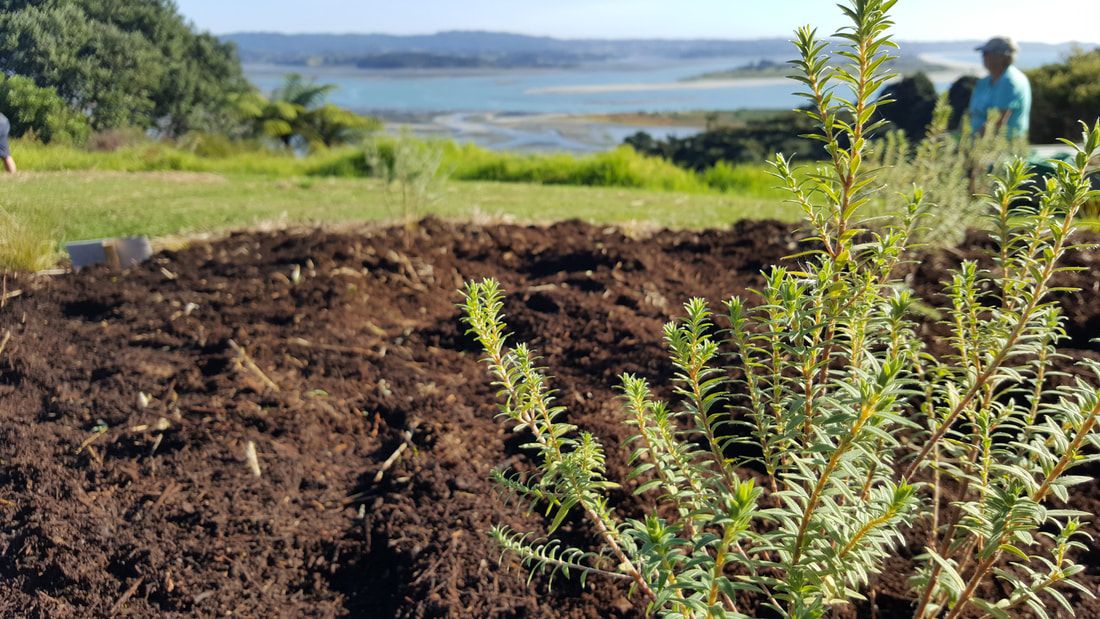

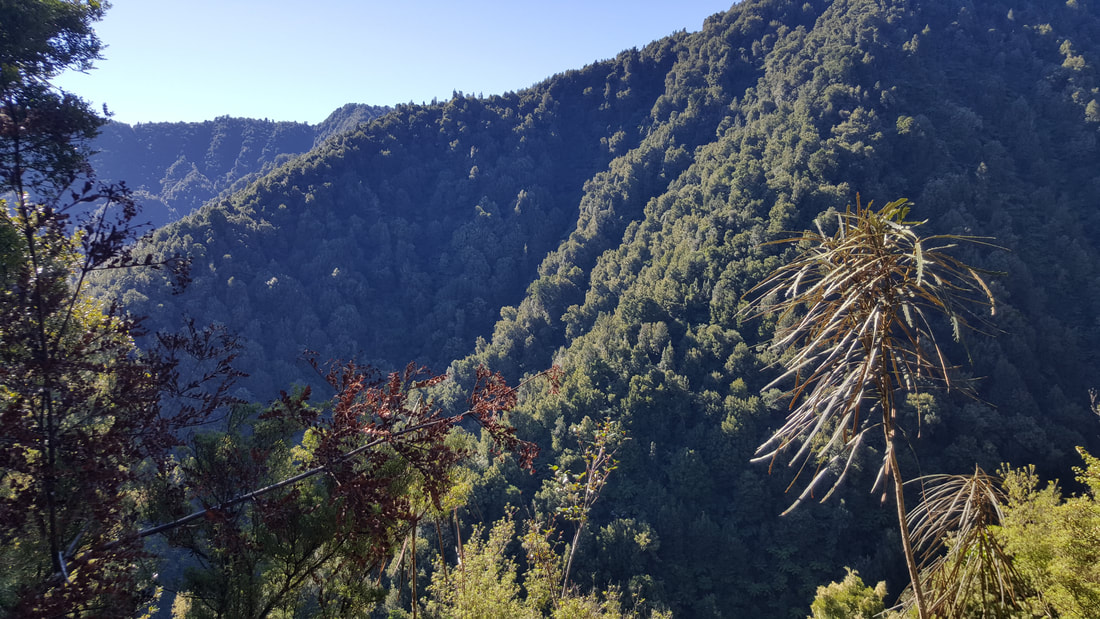
 RSS Feed
RSS Feed
